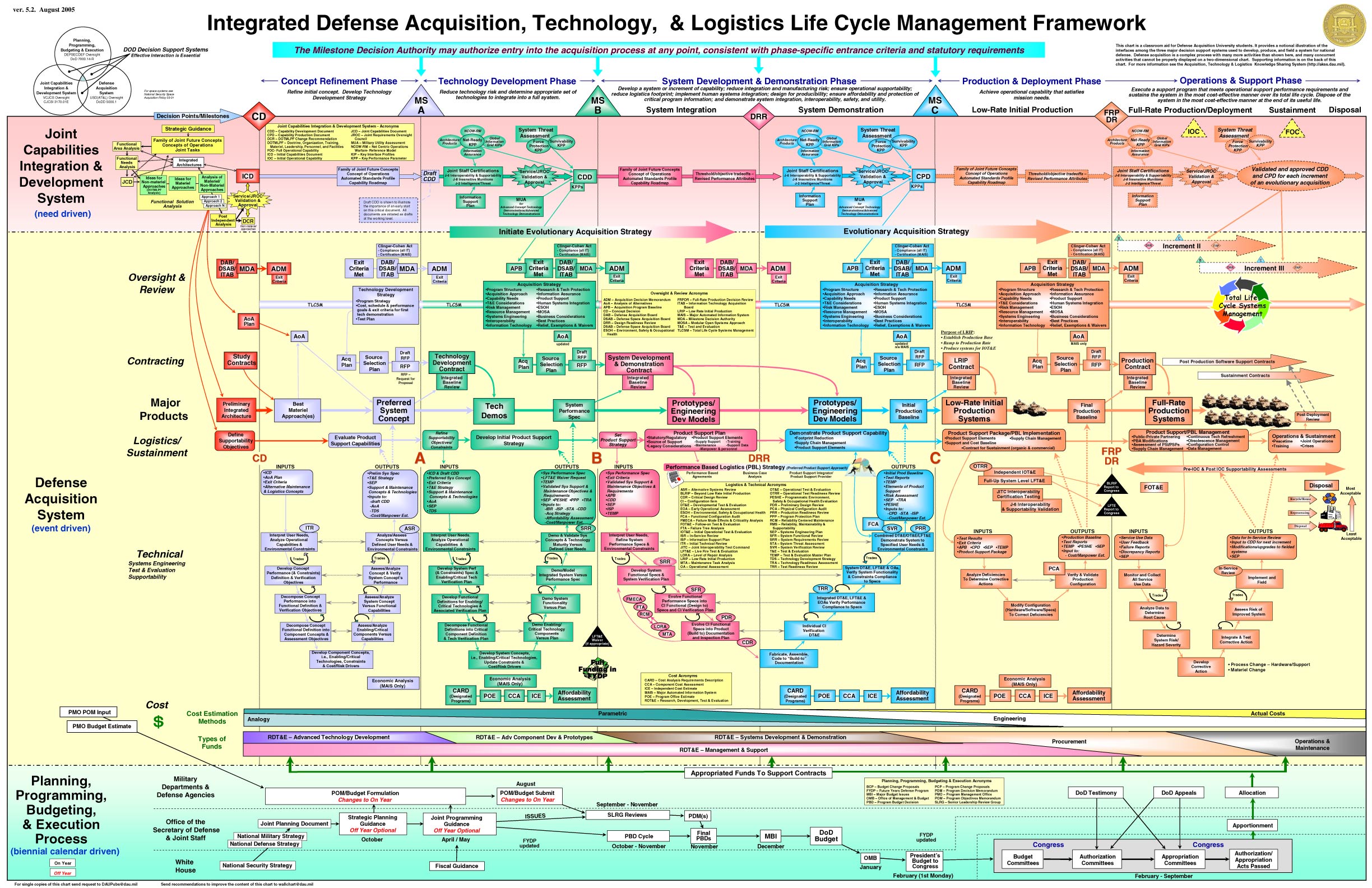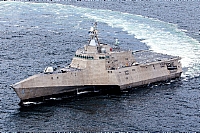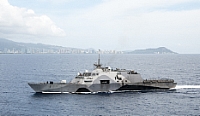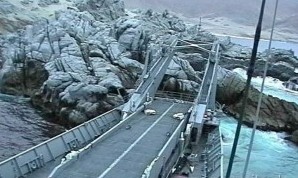The Washington Post had a great little piece over the weekend on the number of reports required by the Congress this year. The article, “Unrequired Reading” states that the Congress is expecting no less than 4291 reports from 466 Federal agencies and non-profits this year. Of course one wonders who the heck reads those reports and more importantly, what gets done about them. As far as who reads them, my guess is that even the people who write them don’t bother to read the whole report, so that means probably one of the 18,000 employees on Capitol Hill (638 of whom owe $9.3M in back taxes, by the way) finally reads each individual report. Perhaps the 638 who owe back taxes are so busy reading reports that they don’t have time to fill out an income tax return. The Post article leaves the impression that basically nothing gets done with the reports.
That’s not entirely true. I know that last year I was on a panel that produced such a report ( NAPA Review of the STOCK Act) and within weeks of issuing the report, the Congress passed legislation recommended by the report. Occasionally something does get done, but keep in mind that this particular report directly impacted each and every member of Congress, so there was undue interest in this particular item. Back to the subject: Reports are merely Congress’ way of doing something while doing nothing. If they don’t want to take on a tough issues, it’s all too easy to request a report so that when their constituents ask what is being done, members can respond with,”I’m glad you asked. As you know, Dog and Cat Fur is a very complex issue, requiring carefully consideration of all aspects of perhaps the number one problem facing the American people today. That’s why my colleagues and I have asked the Department of Homeland Security to produce an annual report on Dog and Cat Fur Protection.”(This is some web site, huh? Where else could one find copies of the STOCK Act and Cat and Dog Protection reports to Congress in one article??)  One wonders how much those 4291 reports cost to produce?
One wonders how much those 4291 reports cost to produce?
That brings me to the title of this article. There’s another report that comes out every two years that might fall into the category of “So What.” I attended an event last week which highlighted the GAO High Risk List and how to get off (Not a high priority at DoD as you will see). The GAO began compiling the list in 1990 as a means to highlight the agencies and program areas that are high risk due to their vulnerabilities to fraud, waste, abuse, and mismanagement or are most in need of broad reform. There are currently 30 items on the list. Here’s a link to the current list, and I’ve singled out those owned by the Defense Department below:
DoD High Risk Areas from GAO and year placed on the list
- DOD Approach to Business Transformation (2005)
- DOD Support Infrastructure Management (1997)
- DOD Supply Chain Management (1990)
- DOD Financial Management (1995)
- DOD Weapon Systems Acquisition (1990)
- Ensuring the Effective Protection of Technologies Critical to U.S. National Security Interests (2007)
- DOD Contract Management (1992)
That’s quite the list that DoD has managed to accumulate with a cumulative time on the list of 115 years! To be fair, DoD has managed to remove an item from the list, DoD Personnel Security Clearance Program in 2011 after six years on the list (and now that appears to be gooned up again).
You might ask, “What’s the penalty for being on the list?” Answer: Nada. There are no consequences as far as I can tell. In fact, in the twisted DoD budget world, being on the list is a good thing! Why you ask? Well, you can go over to the Hill and ask for more money to get off the list (although past performance would indicate that we are in little danger of having any items removed). It makes a great budget exhibit to show how much money is needed to get off the list. Congress wants you off the list, so you get money. It seems like a Seinfeld stand-up routine (Congress in italics): I need money! Are you on the list? Yes, I’m on the list! Then you get money! or the alternative; I need money! Are you on the list? No, I’m not on the list. No money for you!
Who wouldn’t want to be on the list? In fact, DoD is soooo on the list, they need lots more money!
To be sure, there is value in highlighting problems in the management of Federal agencies, but if it is going to be worth the effort of putting together and maintaining the list, there should be penalties for being on the list, and even more penalties for not getting off the list. If the current crop can’t fix it, bring in a new group. Or perhaps the greater penalty would be that one can’t leave until it’s fixed. In the case of DoD that might provide a greater incentive.
So I guess the point of today’s philippic is that if there’s going to be a report, someone has to read it. If there’s going to be a “Bad Boy” list, there has to be a penalty for staying on it. The management lesson to be learned is that if you have someone producing reports, it’s not a bid idea to periodically evaluate who’s reading them, and more importantly, what’s being done as a result. If the answer is no one or nothing, stop doing it. And if you are going to go to the trouble of producing some sort of “Dink List”, make people accountable.
For a complete copy of the 2013 update to the GAO High Risk List, click here.



 Granted they do make a few hard choices, but none of them are the budget choices they are making for the FY15 budget that’s on the Hill right now. They have so much money to deal with that the normal ways in which you or I would deal with problems is not possible. There are several reasons why I believe the tough choices are not possible. In fact, in the Pentagon the toughest choices are actually the easiest. Take for example the luxury of scale. Because of the vast quantity of money the Pentagon has, scale makes things easy. Let’s just say for the sake of argument that the total Pentagon budget for 2015 will be around $550 Billion. I’m working on the budget and I need to come up with $5oo million to pay for my “widget ” program because it’s two years behind schedule and Congressional support is waning. I dare not go to the Hill and ask for more money. What tough choices can I make? How about I assume the inflation rate for next year will be 0.1% less than it currently is….Guess what? Instant $550 Million in my pocket. Problem solved!
Granted they do make a few hard choices, but none of them are the budget choices they are making for the FY15 budget that’s on the Hill right now. They have so much money to deal with that the normal ways in which you or I would deal with problems is not possible. There are several reasons why I believe the tough choices are not possible. In fact, in the Pentagon the toughest choices are actually the easiest. Take for example the luxury of scale. Because of the vast quantity of money the Pentagon has, scale makes things easy. Let’s just say for the sake of argument that the total Pentagon budget for 2015 will be around $550 Billion. I’m working on the budget and I need to come up with $5oo million to pay for my “widget ” program because it’s two years behind schedule and Congressional support is waning. I dare not go to the Hill and ask for more money. What tough choices can I make? How about I assume the inflation rate for next year will be 0.1% less than it currently is….Guess what? Instant $550 Million in my pocket. Problem solved!









